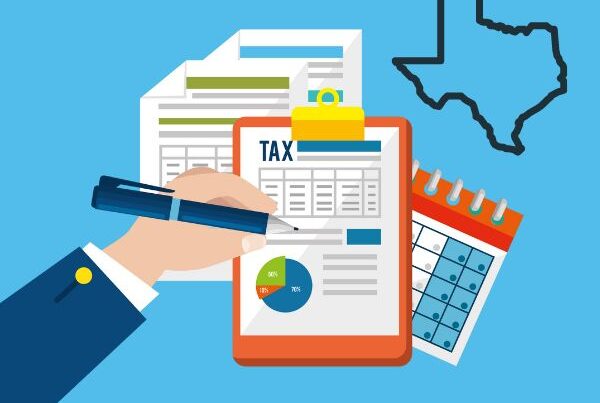Congrats, you’ve decided to start an ecommerce business or have already started one and are hopefully seeing some success. You want to make sure your ecommerce business survives, and understanding the finances of your company is a main way to guarantee success. Failing to do so can easily sink your company in a short amount of time.
So here are three ecommerce accounting points you really need to pay attention to in order to succeed from a monetary standpoint.
Understand Your Cost of Goods Sold (COGS)
Cost of goods sold is the cost of acquiring or manufacturing the products that a company sells. This includes all costs directly tied to producing the product, including labor and materials. A company may purchase raw materials that they manufacture themselves into finished goods, or they may purchase finished goods from suppliers. Cost of goods sold is calculated by taking your beginning inventory balance, adding any purchases made during the period, adding any other materials or labor cost that went into building the product, and subtracting out ending inventory.
Keeping track of this number is crucial to your company. Knowing how much it costs to create your product helps you know what you should sell it for. This helps you find your margin, or the money you have made on a product. To find your margins, take your gross revenue and subtract your COGS from that number. This gives you the margin on that product. (Gross Revenue – COGS = your product’s margin)
This might seem like common sense, or something unimportant and easy to overlook in a company. But without correct COGS tracking, you don’t know how many pieces to order, you don’t know when to reorder certain product, or what inventory is selling well and what is not. Knowing your COGS information can help you gain more money, use your current cash flow wisely, and stop you from making costly mistakes.
Click here to read learn more about your Cost of Goods Sold.
Know What Platform to Sell On
There are many different platforms for ecommerce businesses to sell product on such as your personal website, Amazon, brick and mortar stores, etc. Each platform has different advantages, disadvantages, fees, marketing strategies, etc. Understanding which platform is right for your product can help your margins grow.
It’s important to understand all the factors that go into these platforms. Should you sell your product in a brick and mortar store like Macey’s or Kohls? It’s hard to get in a store and they take some of the profit, but people who don’t know your product exits can see it and buy it, possibly boosting your margins.
Or you might wonder if you should sell on Amazon. Then another question is should you have your product be available for two-day shipping and therefore appeal to Amazon Prime members. This can come with costly fees, but if your competitor is compatible with two-day shipping, would customers buy their product instead of yours because they can get it faster? But in the end, are you making more money if you have to pay for fees for that service?
You can see how understanding your platform and weighing the varying options, fees, and marketability, can drastically affect the success of your business. But keep in mind, you can’t track how well your product is doing on your chosen platform without a good way to track your Cost of Goods Sold.
Successfully Navigate Nexus
Nexus is a financial term meaning you have a physical connection with a state and meet certain criteria that requires you to pay sales tax. For example, you have a store in a state and therefore have to pay tax on the products you sell within that store. With ecommerce businesses you don’t really have a physical connection because you don’t have a brick and mortar store within that state, but you do sell and have transactions with that state. This can create an economic nexus, a connection with a state where you meet certain criteria that require you to pay sales tax. So if you sell a product to someone who lives in a specific state, you would need to pay sales tax to that state according to their sales tax regulations on that product.
Most often, nexus doesn’t apply to super small, side businesses that sell less than 200 transactions in a year or make less then $100,000. But if you are anywhere close to that range, you need to be aware of nexus and how near you are to reaching it where you sell.
Click here to learn more about economic nexus by state for ecommerce businesses.
So, what is the criteria that needs to be met and what are the next steps? Well, there is not an easy answer. Every state has their own rules, regulations, and exemptions when it comes to nexus and sales tax. You might be in a situation where you have to file for sales tax in one state and others you don’t. Also, some of your product might be taxable in one state and another it’s not because it’s exempt under state law. These laws and regulations can also change over time, as well as your margins or how many transactions you make within specific states. This could mean that you either enter nexus with a new state, or fall out with a current state.
You can see how tricky sales tax can be. Because it is such a huge, complex issue, it’s usually best to talk to a tax professional that can look over your specific company and give you individual guidance. Click here for three best practices in becoming sales tax compliant for ecommerce businesses.
Knowing where all your finances are can be tricky but understanding and calculating these three factors, understanding your COGS, knowing which platforms to use, and successfully navigating nexus, can really help give you the financial stability and information you need in order to run a successful ecommerce business.
If you find yourself needing help from ecommerce accounting professionals, let us know.






